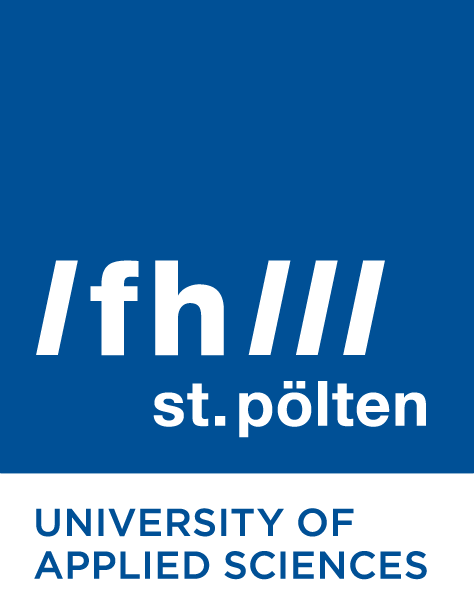🗣️ The facilitators and barriers when academic staff use digital methods for organising an interprofessional course in health care
Anita Kidritsch, Dikaios Sakellariou, Areti Lagiou, Evanthia Sakellari
Digital transformation in interdisciplinary higher education requires understanding of the work system’s barriers and facilitators. Evaluating the use of digital methods can empower educators, administrators and leaders of higher education study programmes in their collaborative work when organising an interprofessional course in health care. This study aimed to identify the facilitators and barriers when academic staff use digital methods for organising an interprofessional course in health care. Data was collected from educators, administrators and leaders of health care study programmes from Lower Austria, who participated in interviews and observations of organisational meetings. Data was analysed using content analysis. Three main themes emerged. First, staff and student engagement regarding the organisation of an interprofessional course with the use of digital methods which could be influenced by the choice of communication channels and individuals’ digital competencies. Second, institutional resources and structures which depend on agreements and strategies as well as the provision of facilities and tools. Third, course implementation through academic staff from health care deals with complex logistical planning and the instruction, performance and assessment of assignments. The findings highlight the relevance of digital leadership by identifying the educational and administrative needs regarding communication, provision and effective use of technologies.
Anita Kidritsch
Department of Public and Community Health, Laboratory of Hygiene and Epidemiology, School of Public Health, University of West Attica
Institute of Health Sciences, St. Poelten University of Applied Sciences
Dikaios Sakellariou
School of Healthcare Sciences, Cardiff University
Areti Lagiou
Department of Public and Community Health, Laboratory of Hygiene and Epidemiology, School of Public Health, University of West Attica
Evanthia Sakellari
Department of Public and Community Health, Laboratory of Hygiene and Epidemiology, School of Public Health, University of West Attica
